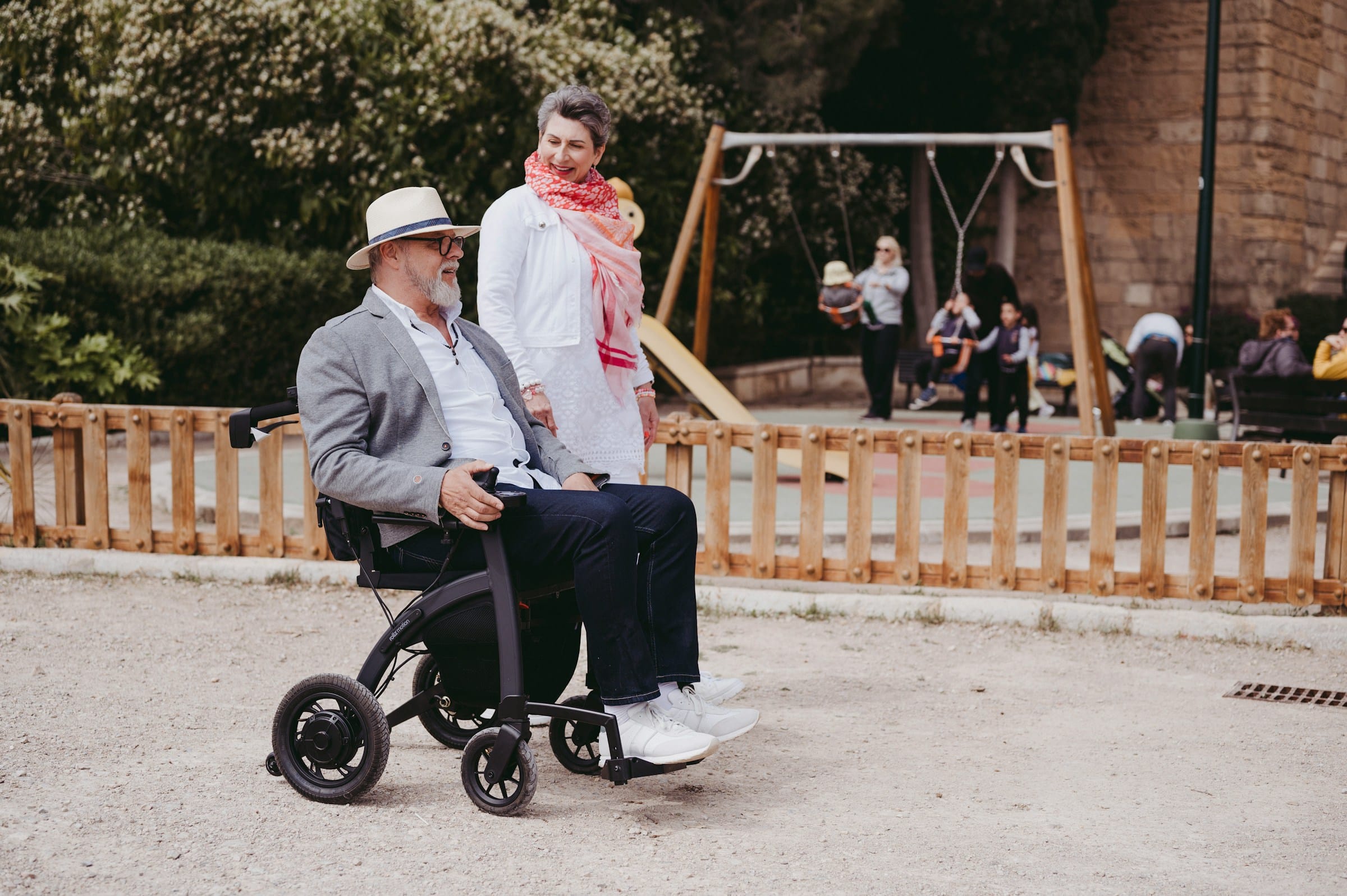What Are the Advancements in Robot-Assisted Therapy for Stroke Rehabilitation?

Innovations in the field of medical science have seen the rise of robot-assisted therapy. This advancement not only changes the landscape of rehabilitation training, but more specifically, it offers promising prospects for stroke patients.
Today, the integration of robots and rehabilitation has been a beacon of hope for many stroke survivors. It has the potential to significantly improve motor function, gait, and upper limb capabilities through systematic training. We will delve into the recent advancements in this fascinating field and the role of robotic systems such as the exoskeleton and arm training robots in stroke rehabilitation.
Lire également : How Is AI Helping to Combat Cyberbullying on Social Media Platforms?
Robots and Rehabilitation: A Notable Integration
The integration of robots into rehabilitation has revolutionized the way therapists deliver care to stroke patients. Robots, notably those designed for rehabilitation, provide an adaptive environment for training, offering consistent, high-intensity, and repetitive tasks that are difficult for humans to replicate.
Several studies have shown the efficacy of robot-assisted therapy in improving motor function among stroke patients. For instance, a scholar from Google published a study on PubMed, highlighting that robotic therapy led to significant improvements in motor function, especially in the arm and upper limb.
A lire également : How Can Computer Vision Systems Assist in Automated Quality Control for Manufacturing?
Robots also provide detailed, real-time feedback about a patient’s performance and progress, which is crucial in adjusting therapeutic interventions. The precise nature of robots allows for the accurate assessment of parameters such as force and movement, not typically possible with traditional human-guided training.
The Role of Exoskeleton Robots in Stroke Rehabilitation
Exoskeleton robots are one of the key advancements in robot-assisted stroke rehabilitation. These systems are wearable robots that support and enhance the physical capabilities of individuals, thereby promoting the recovery of motor functions.
Exoskeletons are particularly useful in gait training for stroke patients. They offer a safe and controlled environment to practice walking, reducing the risk of falls. Furthermore, they can adjust the level of assistance based on the patient’s abilities, promoting active participation and thereby maximizing recovery.
A recent review on PubMed highlighted the effectiveness of exoskeleton-assisted walking training in improving gait speed and endurance among stroke patients. Also, patients reported substantial improvements in their walking confidence, showcasing the psychological benefits of this robotic system.
Arm Training Robots: Boosting Upper Limb Recovery
Arm training robots are another significant development in robot-assisted stroke rehabilitation. These robots, specifically designed for upper limb training, are crucial in helping stroke patients regain their arm function.
Stroke often results in partial or full paralysis of the arm, affecting the patient’s ability to perform daily activities. However, the repetitive and task-specific training provided by these robots can stimulate the nervous system, facilitating the recovery of motor functions.
Several trials have demonstrated the effectiveness of robot-assisted arm training in stroke rehabilitation. For instance, a scholar from Google conducted a study, showcased on PubMed, which revealed significant improvements in arm function and increased independence in activities of daily living among stroke patients after robot-assisted arm training.
The Future of Robot-Assisted Stroke Rehabilitation
With the rapid advancements in technology, the future of robot-assisted stroke rehabilitation looks promising. Researchers are working tirelessly to develop and refine robotic systems to better aid stroke patients’ recovery.
Google Scholar reveals a plethora of studies focusing on incorporating artificial intelligence into rehabilitation robots, which would make them more adaptive and patient-specific. These robots would be able to learn from each therapy session, adjusting their strategies based on the patient’s progress and needs.
Moreover, the integration of virtual reality with rehabilitation robots is gaining traction. This combination would provide a more immersive and interactive training environment, significantly boosting patient engagement and motivation, crucial for successful rehabilitation.
While we have made substantial progress in robot-assisted stroke rehabilitation, the journey is far from over. The continuous research and technological advancements promise a future where robots will play an even greater role in aiding stroke recovery, transforming the way we approach rehabilitation therapy.
The Impact of Virtual Reality and AI in Robotic-Assisted Therapy
The introduction of artificial intelligence (AI) and virtual reality (VR) to robotic-assisted therapy is a significant stride in stroke rehabilitation. AI enables the rehabilitation robots to be more patient-specific and adaptive, learning from every therapy session, and adjusting their strategies to suit the patient’s progress and needs. This feature ensures a more personalized and effective approach to therapy.
Virtual reality, on the other hand, provides an immersive and engaging experience for stroke patients. It can simulate real-world activities, making the training more relatable and stimulating for the patients. VR not only enhances motor function training but also improves cognitive and perceptual skills, enhancing the overall effectiveness of stroke rehabilitation.
Furthermore, the integration of VR with robotic systems offers a more interactive training environment, significantly boosting patient engagement and motivation. A randomized controlled trial on Google Scholar revealed that this integration improved gait training outcomes among stroke patients, as it provided a more realistic and engaging walking experience.
The combination of AI, VR, and rehabilitation robotics creates a powerful tool for stroke rehabilitation. From mimicking real-world tasks to providing a highly personalized therapy experience, this integration is set to redefine the boundaries of stroke rehabilitation.
Conclusion: The Transformative Power of Robotic-Assisted Therapy in Stroke Rehabilitation
The emerging advancements in robot-assisted therapy for stroke rehabilitation are remarkable. Over the years, we have seen how this technology has improved the lives of many stroke patients, providing hope and a promising future.
Robotic systems like the exoskeleton and arm training robots have proven to be effective tools in improving gait training and upper limb recovery among stroke patients. The detailed and real-time feedback provided by these robots allows for patient-specific therapy, a crucial aspect in the recovery process.
The integration of AI and VR brings a new dimension to robotic-assisted therapy. It not only enhances the effectiveness of the therapy but also offers an engaging and patient-friendly approach to training.
Despite these advancements, continuous research and development are crucial for maximizing the potential of robot-assisted therapy. With the pace of technological advancements, there is a promising future for stroke rehabilitation. Robots are set to play an even more significant role in this journey, transforming clinical practice, and revolutionizing stroke rehabilitation. Let’s continue to explore and leverage these technological advancements for the benefit of stroke patients worldwide.
